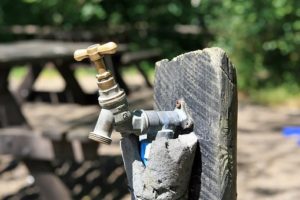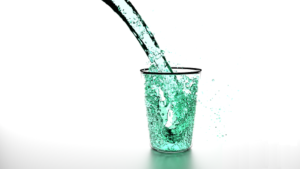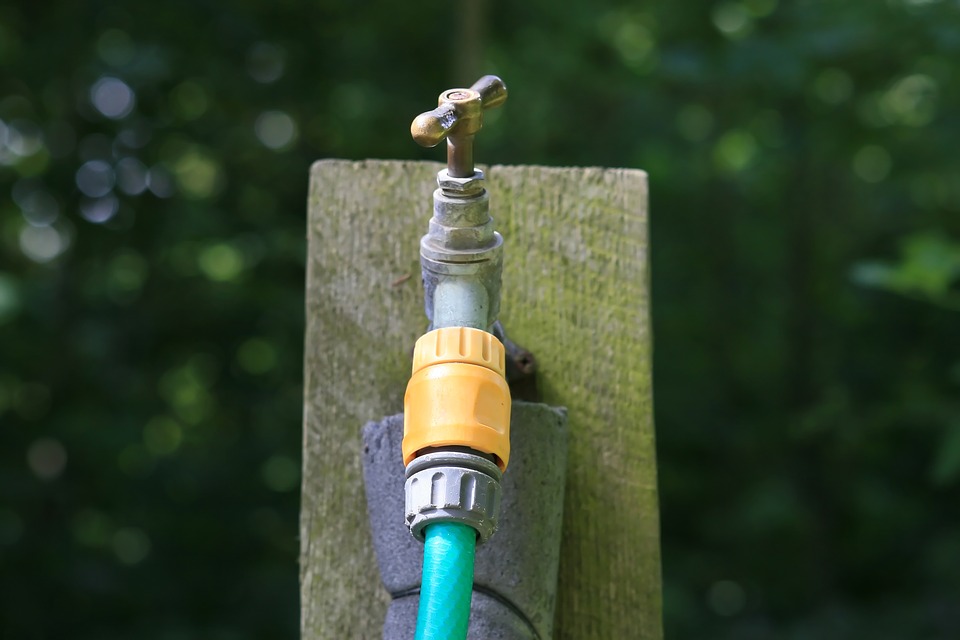Identifying and treating water damage is a complex involving process that requires fast, appropriate actions. Water mitigation involves inspecting, identifying, preventing, diagnosing and repairing any damage made by plumbing failures, adverse weather or leaking pipes, Flooding in any property may damage walls, warp wooden flooring, soak rugs or even ruin furniture. Hence, water removal experts offer professional assistance to reduce the impact of property destruction while preventing further water damage and at the same tie restoring the property value.
Identify the water damage and make a call to your favorite water removal specialist
The best water removal specialist should be easily assessable most probably at 24 hours every week. They should be in a position to make timely responses and have the right skills, technique, and machinery to avert the disaster.
Close running water and the electrical breaker
 The first precautionary step should be to shut off electricity to avoid hazardous electric risks. These experts have protective gear that assists them to wade through the water to ensure that the source of the flooding stops. Moreover, it is necessary to unplug or remove electrical devices from the submerged areas and secure them in a safe place.
The first precautionary step should be to shut off electricity to avoid hazardous electric risks. These experts have protective gear that assists them to wade through the water to ensure that the source of the flooding stops. Moreover, it is necessary to unplug or remove electrical devices from the submerged areas and secure them in a safe place.
Salvage property
It is necessary to wrap aluminum foil under the furniture res to avoid soaking and staining. Removing wet carpets will also give precise water route out of the building. Lifting curtains and draperies from water are also important while also tucking up upholstered furniture skirts that may soak in the water. Additionally, remove books and papers, fabrics, potted plants or shoes that might stain the wet carpet. It is also necessary to avoid to stepping the carpet as this spreads water to unaffected areas and may cause permanent staining.
Using technology to drain water
Water damage restoration technicians are well trained in rapid structural drying procedures and apply the right equipment and technology to drain the flooded water. Additionally, the use moisture meters to locate invisible moisture that may lurk behind cabinets and walls. This ensures that all wet materials are well cleaned, and the floor surfaces properly dried.
Fixing potential risks
 After water removal, cleaning and drying it is essential to assess the structural damage incurred from the incident. Properly inspecting risk areas may be important in making needed repairs or making new structural developments to increase more water drainage. Therefore, an emergency response approach ensures that the property is well drained, cleaned and dried to restore it to proper conditions.
After water removal, cleaning and drying it is essential to assess the structural damage incurred from the incident. Properly inspecting risk areas may be important in making needed repairs or making new structural developments to increase more water drainage. Therefore, an emergency response approach ensures that the property is well drained, cleaned and dried to restore it to proper conditions.

